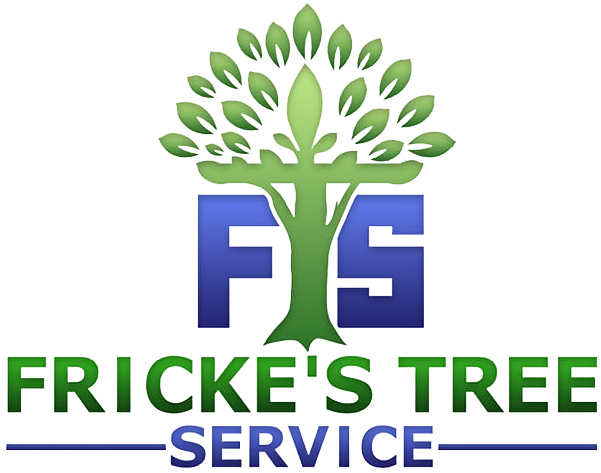Fricke's Tree Service
How to Identify Signs of a Hazardous Tree Before It Falls
Identifying signs of a hazardous tree before it falls is crucial for maintaining safety in your yard and surrounding areas. Trees can pose significant risks if they are unhealthy or structurally compromised. By understanding the warning signs, you can take proactive measures to protect your property and loved ones. In this post, we will explore the key indicators of a hazardous tree, how to assess them, and what steps to take if you identify a potential threat.
Understanding Tree Hazards
Before diving into the signs of a hazardous tree, it’s essential to understand what makes a tree hazardous. A hazardous tree is one that has a high likelihood of failing and causing damage to people, property, or other trees. Factors contributing to tree hazards include:- Structural defects
- Decay or disease
- Environmental stressors
- Root damage
Key Signs of a Hazardous Tree
There are several signs to look for when assessing the health and stability of a tree. Here are the most common indicators:- Cracks and Splits: Look for visible cracks or splits in the trunk or major branches. These can indicate structural weakness.
- Dead or Dying Branches: If a tree has numerous dead branches, it may be a sign of disease or stress.
- Fungal Growth: The presence of mushrooms or other fungi at the base of the tree can indicate internal decay.
- Leaning: A tree that is leaning significantly may be unstable and at risk of falling.
- Root Damage: Exposed roots or signs of root rot can compromise a tree's stability.
- Excessive Canopy Dieback: If the tree's leaves are sparse or yellowing, it may be struggling to survive.
Assessing the Risk
Once you’ve identified potential signs of a hazardous tree, it’s important to assess the level of risk it poses. Consider the following factors:- Location: Is the tree near structures, power lines, or high-traffic areas?
- Species: Some tree species are more prone to failure than others.
- Weather Conditions: Heavy winds, rain, or snow can exacerbate existing issues.
When to Call a Professional
If you notice any of the signs mentioned above, it may be time to consult a professional arborist. Here are some situations where professional help is necessary:- If the tree is large and poses a significant risk to property or people.
- When you are unsure about the health of the tree or how to assess it.
- If you need assistance with tree removal or treatment options.
Preventive Measures
Taking preventive measures can help reduce the risk of hazardous trees in your yard. Here are some tips:- Regular Inspections: Schedule regular tree inspections, especially after severe weather.
- Proper Pruning: Prune trees to remove dead or weak branches and improve overall health.
- Watering and Fertilizing: Ensure trees receive adequate water and nutrients to thrive.
- Mulching: Apply mulch around the base of trees to retain moisture and protect roots.
What to Do If a Tree Falls
Even with the best preventive measures, trees can still fall unexpectedly. Here’s what to do if a tree falls:- Ensure Safety: Check for injuries and ensure everyone is safe.
- Contact Authorities: If the tree has fallen on a road or power line, contact local authorities.
- Assess Damage: Evaluate any damage to property or vehicles.
- Hire Professionals: For removal and cleanup, hire a professional tree service.
Conclusion
Identifying signs of a hazardous tree before it falls is essential for ensuring safety in your environment. By being vigilant and proactive, you can mitigate risks and protect your property. Regular inspections, understanding the signs of tree hazards, and knowing when to call a professional are key steps in maintaining a safe landscape. Remember, when in doubt, it’s always best to consult with an expert to assess the health and stability of your trees. Taking these precautions not only safeguards your home and loved ones but also contributes to the overall health of your local ecosystem.SHARE POST
RECENT POSTS
Interested in Our Services?
Get in touch today to discuss your next project and we will happy to answer any questions and provide you with a no-obligation FREE Estimate.







